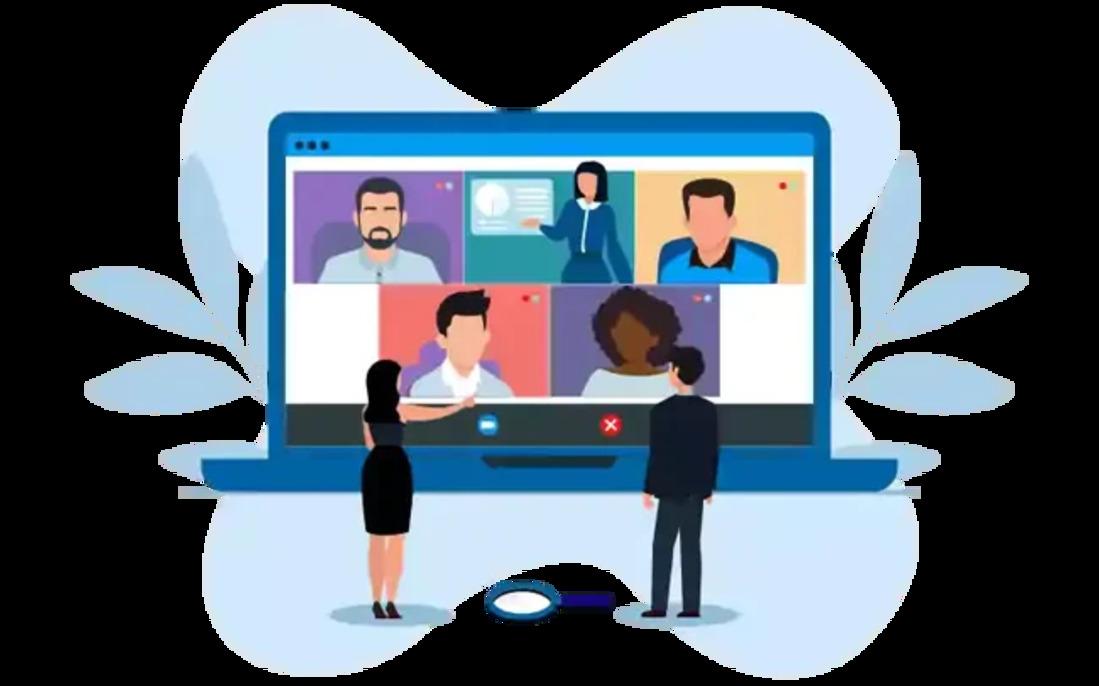Strategic Shift from Lead Generation to Conversion-Focused Webinars

For years, webinars have been seen primarily as lead-generation machines. Marketers used them to capture registrations, grow email lists, and hand off a large volume of prospects to sales teams. While this approach generated pipeline activity, it often left a gap between top-of-funnel engagement and actual revenue outcomes.
Today, however, we’re witnessing a strategic shift: webinars are no longer just about collecting names. They’re evolving into conversion-focused experiences designed to nurture, qualify, and move prospects closer to purchase. In this transformation, personalization, interactivity, and an “always-on” availability model are becoming central to webinar strategies.
From Registration Numbers to Revenue Outcomes
Traditional lead-focused webinars measured success by how many people signed up or attended. While those numbers were useful, they often told an incomplete story. High registration didn’t guarantee high intent, and sales teams often found themselves chasing cold or unqualified leads.
Conversion-focused webinars take a different approach. Instead of focusing solely on volume, they prioritize quality of engagement and buying readiness. Metrics like time spent on specific product demos, poll responses, resource downloads, and Q&A interactions are now key indicators. These behaviors provide richer signals that help marketers and sales teams identify real opportunities.
Personalization Drives Deeper Engagement
One of the most significant shifts in webinars is the move toward personalized experiences. Just as digital advertising and content marketing have evolved toward hyper-targeting, webinars are following suit.
- Audience segmentation: Instead of a one-size-fits-all presentation, marketers now tailor webinars to specific industries, job roles, or buying stages. For example, a CISO-focused webinar might emphasize compliance and risk management, while a session for IT managers highlights technical deployment details.
- Dynamic content delivery: Modern webinar platforms allow for branching content or customizable tracks, enabling attendees to choose the path most relevant to them.
- Interactive elements: Live polls, breakout rooms, and chat features ensure participants are not passive listeners but active contributors to the discussion.
This personalization ensures that webinars don’t just attract viewers — they create meaningful interactions that influence purchase decisions.
The Rise of “Always-On” Webinars
Another key trend fueling the conversion-focused model is the “always-on” approach. Instead of relying only on one-time, live broadcasts, organizations are repurposing webinars into evergreen, on-demand content libraries.
- On-demand replay: Prospects can watch a recorded session at their convenience, reducing barriers of time zones and schedules.
- Interactive evergreen content: Advanced webinar platforms now support interactive features even in on-demand versions — such as embedded polls, chatbots for Q&A, or integrated CTAs.
- Content repurposing: A single webinar can be broken into short clips, blog posts, infographics, or case studies, maximizing ROI and extending its influence on the buyer journey.
This approach mirrors the way modern buyers consume information — on their terms, when they are most ready to engage. It keeps the sales funnel warm and active long after the live event has ended.
Integrating Webinars into the Buyer Journey
The most effective conversion-focused webinars are not stand-alone events; they’re strategically integrated into the larger buyer journey. For instance:
- Top-of-funnel: Introductory sessions that educate on challenges and industry trends.
- Mid-funnel: Product comparison webinars that showcase differentiators.
- Bottom-of-funnel: Customer success stories, case studies, or live demos tailored for decision-makers.
By mapping webinars to different funnel stages, marketers ensure prospects receive the right message at the right time — leading to higher conversion rates.
Why the Shift Matters
This transition reflects broader trends in digital marketing. Buyers today expect more value, interactivity, and relevance in their engagements. At the same time, businesses are under increasing pressure to tie marketing activities directly to revenue impact.
Conversion-focused webinars bridge that gap. They create personalized, measurable, and scalable experiences that don’t just generate names for a database but actively contribute to pipeline acceleration and closed deals.
Conclusion
The age of webinars as simple lead-generation tools is fading. In its place, a new era of conversion-focused webinars is emerging — where personalization, interactivity, and always-on accessibility drive deeper engagement and meaningful business outcomes. Organizations that embrace this shift will not only improve marketing ROI but also deliver the kind of buyer-centric experiences that modern customers expect.
Read More: https://intentamplify.com/
- Art
- Causes
- Crafts
- Dance
- Drinks
- Film
- Fitness
- Food
- Giochi
- Gardening
- Health
- Home
- Literature
- Musica
- Networking
- Altre informazioni
- Party
- Religion
- Shopping
- Sports
- Theater
- Wellness


